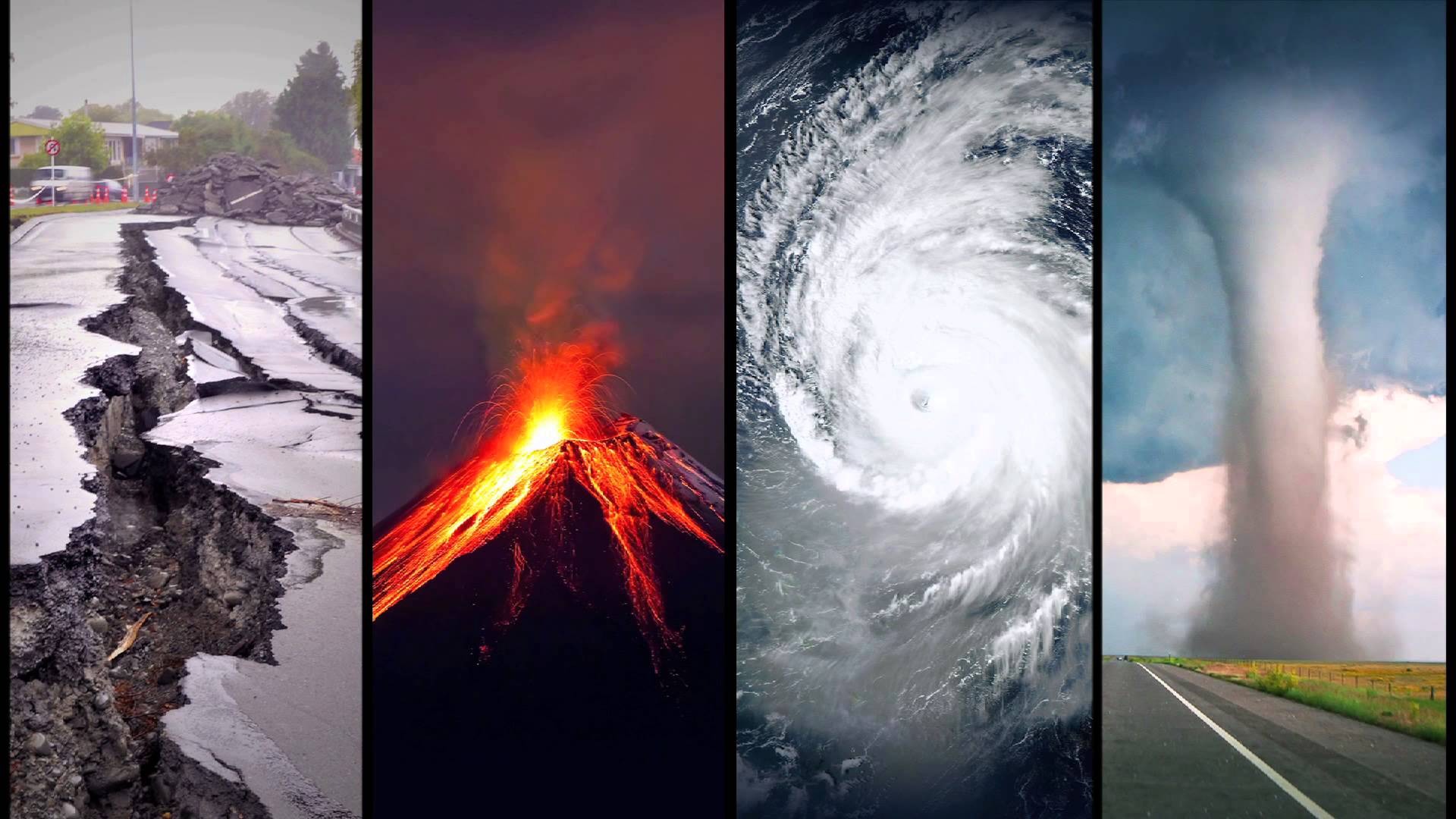
Natural disasters have been a significant part of human history, shaping societies and altering landscapes. These catastrophic events, ranging from earthquakes and hurricanes to floods and wildfires, can lead to devastating consequences for communities worldwide. Understanding the nature of these disasters, their causes, and their effects is crucial for preparedness and recovery efforts. As we delve into the world of natural disasters, it becomes evident that they not only pose immediate threats but also have long-term repercussions on the environment, economy, and social structures.
The frequency and intensity of natural disasters appear to be increasing, often linked to climate change and human activities. This trend raises essential questions about our ability to adapt and mitigate the risks associated with these events. Communities must come together to develop effective strategies for disaster response and recovery, ensuring that they can withstand the impacts of future calamities. In this article, we will explore the various types of natural disasters, their causes, and the measures that can be taken to protect lives and property.
Furthermore, as we navigate through the complexities of natural disasters, it is crucial to recognize the resilience of individuals and communities. The stories of survival and recovery are not just about the loss but also about hope and rebuilding. By learning from past experiences and implementing innovative solutions, we can better prepare for the inevitable challenges that natural disasters present. Join us as we uncover the intricacies of natural disasters and the vital importance of understanding and responding to them effectively.
What Are the Different Types of Natural Disasters?
Natural disasters can be categorized into several types based on their characteristics and causes. Here are some of the most common types:
- Earthquakes: Sudden shaking of the ground due to tectonic movements.
- Hurricanes: Powerful tropical storms with strong winds and heavy rainfall.
- Tornadoes: Violently rotating columns of air extending from thunderstorms.
- Floods: Overflow of water onto land that is usually dry.
- Wildfires: Uncontrolled fires that spread rapidly through vegetation.
- Volcanic Eruptions: Explosive release of lava, ash, and gases from volcanoes.
- Tsunamis: Large ocean waves caused by underwater earthquakes or volcanic eruptions.
- Blizzards: Severe snowstorms with strong winds and low visibility.
How Do Natural Disasters Occur?
Natural disasters are caused by a variety of natural processes. Understanding these mechanisms can help in predicting and mitigating their effects. Some common causes include:
- Tectonic Activity: Earthquakes and volcanic eruptions are often a result of movements in the Earth's crust.
- Weather Patterns: Hurricanes and tornadoes develop from specific atmospheric conditions.
- Climate Change: Rising temperatures can lead to extreme weather events, including increased flooding and wildfires.
What Are the Consequences of Natural Disasters?
The impact of natural disasters can be profound and far-reaching:
- Loss of Life: Natural disasters can result in significant casualties, affecting families and communities.
- Economic Damage: Infrastructure destruction can lead to substantial financial losses and hinder economic growth.
- Environmental Impact: Disasters can result in habitat destruction and long-term ecological changes.
- Social Disruption: Communities may face displacement and social unrest following a disaster.
How Can We Prepare for Natural Disasters?
Preparation is key to minimizing the impact of natural disasters. Here are some essential steps that individuals and communities can take:
- Education: Raising awareness about potential risks and safety measures.
- Emergency Plans: Developing family emergency plans and communication strategies.
- Building Codes: Ensuring that structures are designed to withstand specific disasters.
- Community Drills: Conducting regular disaster response drills to improve readiness.
What Role Does Technology Play in Disaster Management?
Advancements in technology have significantly enhanced our ability to predict, respond to, and recover from natural disasters. Some key technologies include:
- Early Warning Systems: Technologies that provide alerts for impending disasters, such as hurricanes or tsunamis.
- Geographic Information Systems (GIS): Tools that help in mapping and analyzing disaster-prone areas.
- Drones: Used for surveying damage and delivering supplies in hard-to-reach areas.
What Can Be Done After a Natural Disaster?
Recovery efforts are crucial for rebuilding communities after a disaster. Key steps include:
- Assessment: Evaluating the extent of damage to infrastructure and services.
- Resource Mobilization: Gathering funds and supplies to support recovery efforts.
- Community Engagement: Involving local populations in the recovery process to ensure their needs are met.
How Do Natural Disasters Affect Mental Health?
Natural disasters can have a profound impact on mental health, leading to issues such as anxiety, depression, and PTSD. It is essential to address these concerns as part of the recovery process:
- Counseling Services: Providing mental health support to affected individuals and families.
- Community Support Groups: Creating spaces for survivors to share their experiences and support each other.
- Awareness Campaigns: Promoting mental health awareness and resources available for recovery.
What Are the Long-Term Effects of Natural Disasters?
The long-term consequences of natural disasters can be extensive, impacting various aspects of life:
- Economic Disparities: Vulnerable communities may struggle to recover economically, leading to increased poverty.
- Population Displacement: People may be forced to relocate, altering demographic landscapes.
- Infrastructure Challenges: Rebuilding efforts can take years, affecting transportation, education, and healthcare services.
Conclusion: The Need for Resilience in the Face of Natural Disasters
Natural disasters are an unavoidable part of life on Earth, but through education, preparation, and community engagement, we can build resilience against their impacts. By understanding the types, causes, and consequences of natural disasters, we can better protect ourselves and future generations. It is imperative to foster a culture of preparedness and recovery, ensuring that we can respond effectively when disaster strikes. Together, we can create safer, more resilient communities capable of withstanding the challenges posed by natural disasters.
ncG1vNJzZmivp6x7o77EnKKepJxjwqx7yaiqrKaVrMB0e82aq66qkaF6pbXSmqqtnaKoe6nAzKU%3D